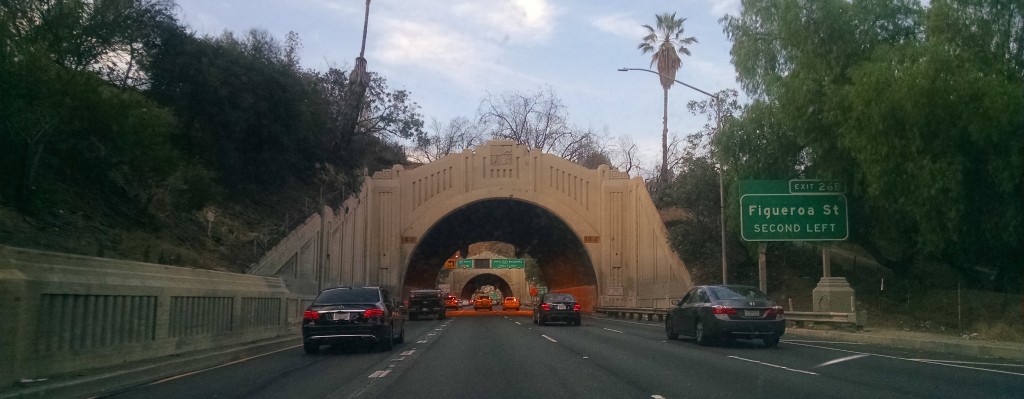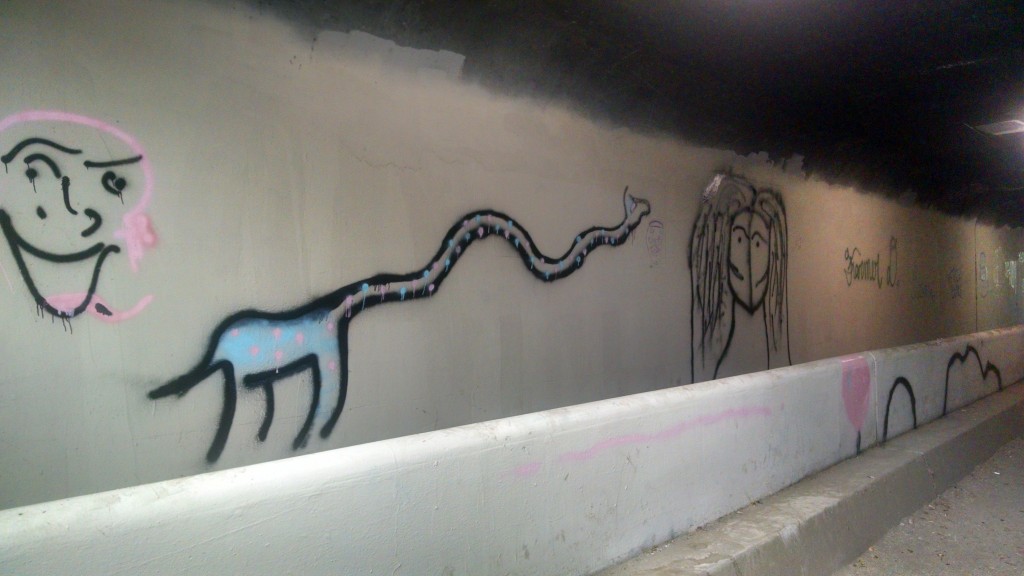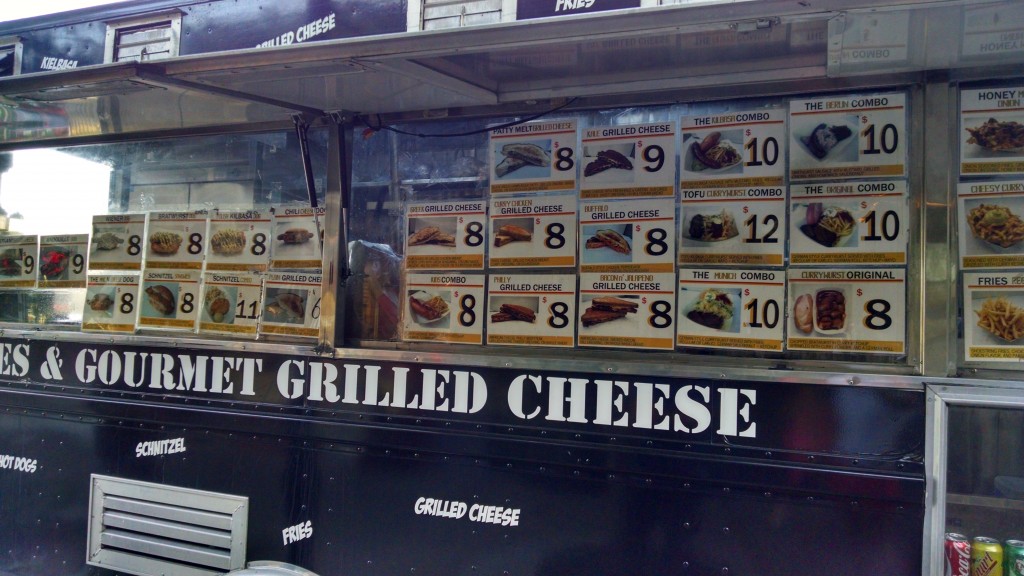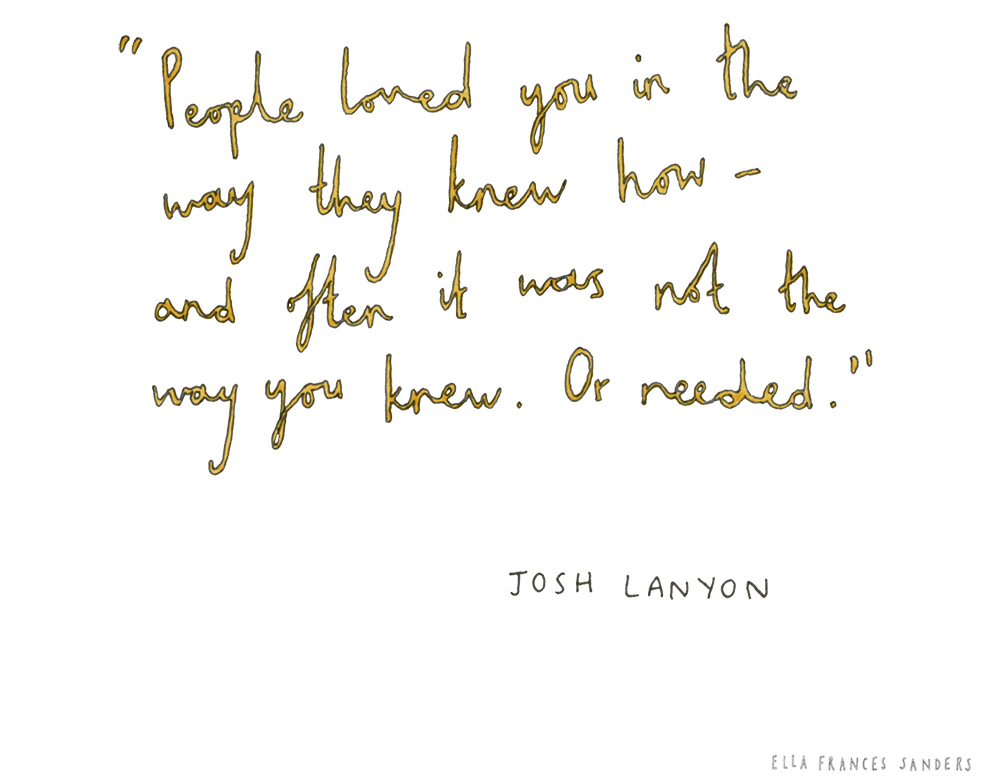
“Tip the world over on its side and everything loose will land in Los Angeles” -Frank Lloyd Wright
It took only a few weeks for me to feel at least adequately comfortable in my newly adopted city of pale angels. The streets and shops and feel of Highland Park seemed a little too easy, like putting on a sweater when the air takes on a chill, as it seems to do most winter mornings in this part of the world. I claim the chill comes from the humidity, having grown accustomed to the near single-digit percentages of the New Mexican high desert. But try telling someone in Southern California the air feels humid and you’ll not get much in the way of sympathy.
The metro sounds were somewhere between comforting and loud when heard from the window a few blocks away. The barely-hipster coffee shop next to the nail salon next to the definitely-hipster yoga joint all seemed to exist in weird harmony. The fire truck being washed on a sunny weekday. The flocked trees lined up for sale before the holidays in 70 degree weather. All of these things were lovely to me. I made a photo spread of these early days into a calendar gifted to friends and family.
It seemed likely that the homeyness would continue to grow and new aspects of this area an the larger metro would become second nature. But, thirteen months in, it feels the same as it did after just a month. There’s that early familiarity and a sense of acceptance, but the feeling of understanding this megalopolis hasn’t budged in many months. Using smartphone directions probably doesn’t help much. I need to get lost a little bit more and trust that I’ll come out the other side, back in the neighborhood I expect.

The second honeymoon with L.A. started with Derek Sivers—one of my new favorite introverted humans—and his insightful take on Los Angeles, which helped me get past that feeling like I didn’t get this city. What does it take to know this place, this crazy city of 20 million humans, really? More, and less, than you might think. Here’s a few things I’ve learned: going from newbie to seasoned resident in Los Angeles is a tricky affair. Perhaps only those that were born and raised here feel the city as rusty and comfortable as an old jalopy, one that will take them where they need to go, slowly, surely, sputteringly.
Newcomers like myself go through a few stages along the way. Some are pretty simple. First, the usual linguistic adjustments: mentions of highways become “the” as in, “the 5”, “the 101”. I hear that phase 2 is calling them by their actual names: “the Hollywood”, “the Santa Monica”, “the Golden State”, but I’m not there yet. Neighborhoods begin to get their due as the distinct entities they actually used to be, like Frogtown and Lincoln Heights and Atwater. All of these are but a few of the dozens of independent enclaves that were encircled decades ago under the city limits of Los Angeles. Derek speaks of this thusly,
Not long ago, it was just a bunch of small towns: Venice, Pasadena, Burbank, Encino, Beverly Hills – but then for tax reasons they drew a circle around about 30 small towns and decided to call it Los Angeles. So if you go just understanding it’s a bunch of adjacent towns, each quite different in character, and don’t go expecting a city, then it won’t be so frustrating. When someone says they hate LA, you have to ask, “Which neighborhood?” Because Santa Monica is not like Silverlake is not like Van Nuys is not like Hollywood, but they’re all inside that circle called LA. It’s completely de-centralized. (And “downtown” is just another neighborhood. Unlike most cities, it’s not the center of everything.)
And then there’s the adjustment to how things just are. The new normal, in other words. Hazy day? Eh, that’s normal. It’s the days of crystal clarity from La Canada all the way to downtown that are worth commenting about, or those that are totally brown and smoggy. Food trucks are not interesting in the way that Starbucks everywhere is not interesting. They’re just convenient, while still being pretty awesome. They’re just not “a thing”.

Also gone from one’s conversations are mentions of “oh my gawd the traffic is awful”. The traffic is what it is and does what it does. What’s the most interesting thing about the famous Los Angeles traffic? It’s the fact that most locals don’t experience traffic to the degree that visitors do. Here’s why: Visit the city of angels and you’re likely driving a rental, or you are getting ferried around in your host’s vehicle. So you wake up in the morning and you say, “Hey, let’s go to the museum. Or how about the beach? The Getty?” So your hosts say, ‘OK, sure, you’re our guest’. Or you get in your rental and you just go. That’s not how a local would do it. That’s the equivalent of just going to a sit-down restaurant on Valentine’s Day and expecting to get a table. Or going to the post office at 4:45pm on a weekday. No, no, no. You have to plan. If you live here, eventually you know how to cope without spending much brain power on it. (It certainly doesn’t hurt that many locals are freelancers and have a little latitude about when—or if—they drive to work.)
Want to drive clear across town, to Santa Monica, to the beach, to Hollywood, to downtown, in the middle of the day or afternoon? Heck no. You take the metro (though sadly not many do, even now). Or you go early in the morning. Or you JUST DON’T GO. Guess how many times I have been around a local in the last year who has said, “hey, let’s go to the beach” and they just up and go? Never. They just don’t do it, and it never crosses their minds to even consider it.
Unless they have visitors. Then, they are usually polite about it, maybe even “showing off” the traffic situation in the hope that even more people won’t move to their chosen city and drive up the rents even more. But that could be me.
Who’s up for a trip to the beach? It’s Saturday afternoon: let’s go!



